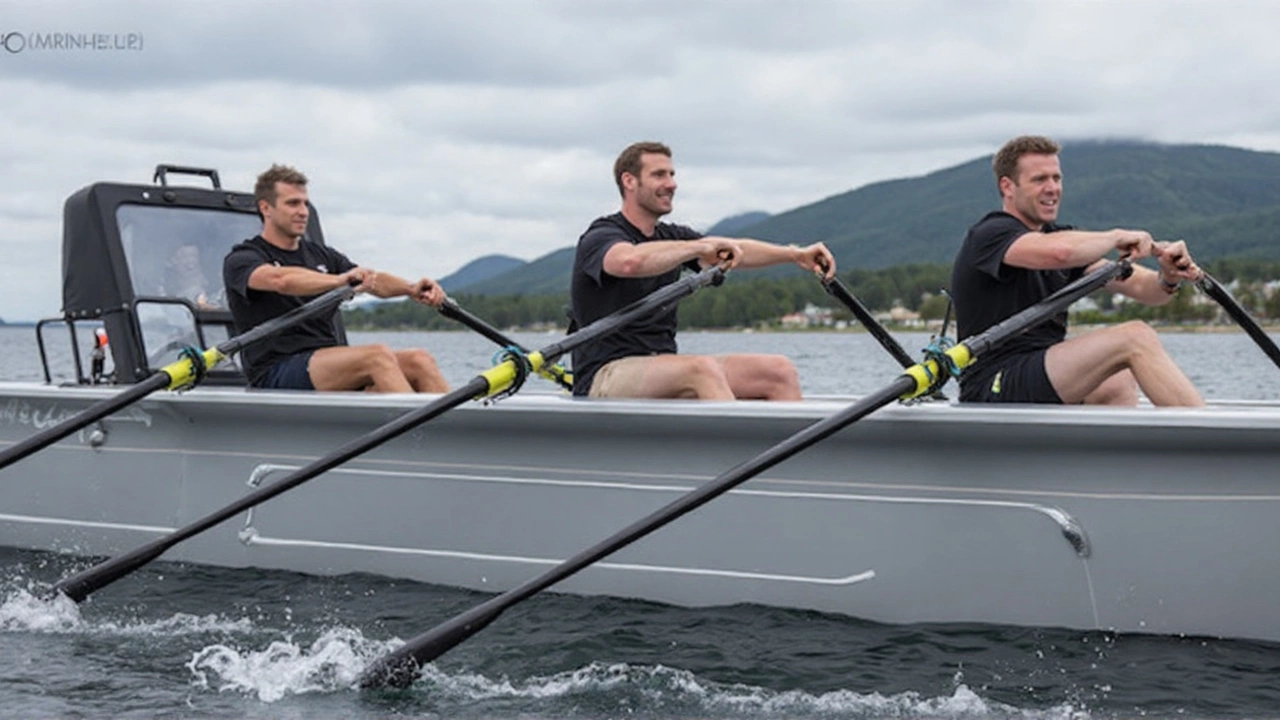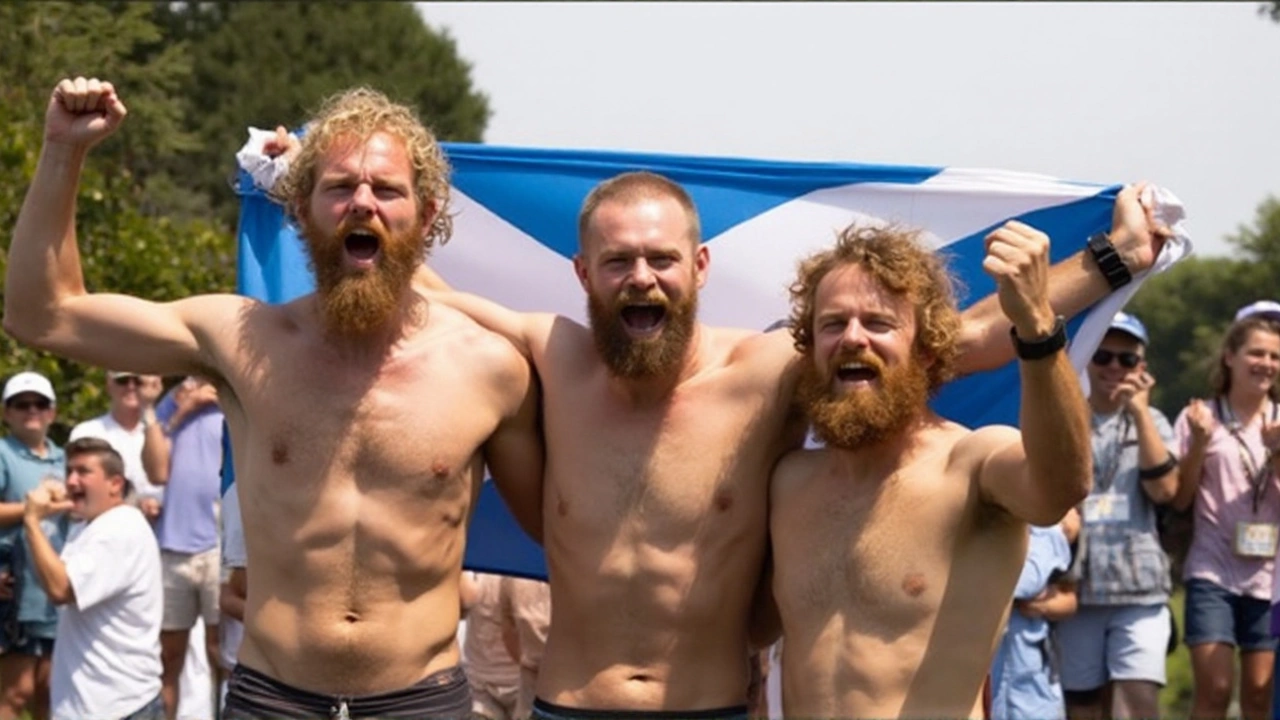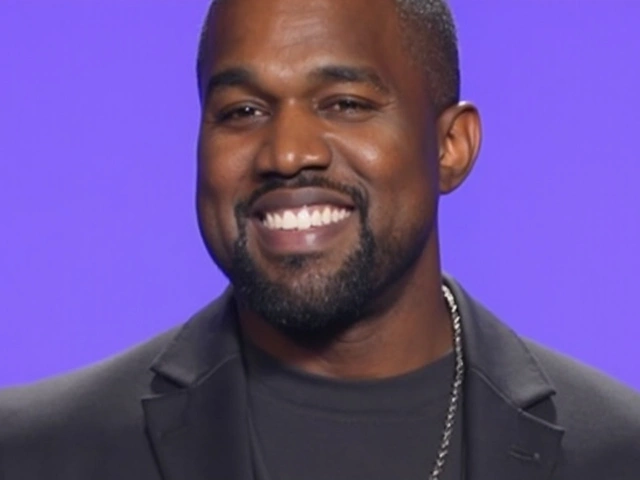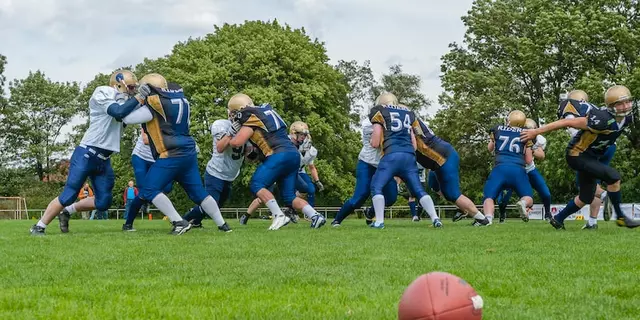A 9,000-mile gamble pays off
Nine thousand miles. One ocean. Three brothers. Jamie, Ewan, and Lachlan Maclean from Edinburgh have set a Pacific row world record, landing in Cairns, Australia, after 139 days, five hours, and 52 minutes at sea. That makes them the fastest humans ever to row across the Pacific and the first recorded team to pull oars from South America to Australia.
The brothers beat the previous benchmark of 159 days, 16 hours, and 58 minutes set by Russian adventurer Fedor Konyukhov in 2014 by more than 20 days. They shoved off from Peru and arrived in northern Queensland on Saturday morning, a finish line lined with more than 50 friends and family who flew in from the UK. The boat that carried them, a custom carbon fiber craft named Rose Emily in memory of their sister, slid into Cairns after what they described as the hardest months of their lives.
The Pacific did not make it easy. In July, a 36-hour storm lashed their boat with 40 mph winds and six-metre waves. In the black of night, youngest brother Lachlan, who turned 27 at sea, was thrown overboard during his shift. Tethered and drilled for this scenario, the team hauled him back in. They went right back to work. That was the rhythm for four and a half months: steady, stubborn, repetitive effort.
They rowed up to 14 hours a day, living in rotations, sleeping in a cramped cabin, and dealing with salt sores, blisters, and the kind of fatigue that scrapes at your brain. Ewan, 33, an engineer who left a job at Dyson to take this on, and Jamie, 31, who runs a design-and-build practice in Glasgow, both suffered severe seasickness for the first two weeks. Lachlan manages The Maclean Foundation and has a philosophy background; on the water, he was a rower, fixer, and morale officer.
When they finally stepped onto the Cairns pontoon, the emotion spilled out. Jamie called the expedition “incredible, relentless and often surreal” and said his first craving was simple: pizza. Ewan summed it up bluntly: the hardest thing he’s ever done—made possible only because he had his brothers next to him.

Inside the row: route, routine, risks and records
The route from Peru to Australia is as ambitious as ocean rowing gets. It’s longer than the classic mid-Pacific route to Hawaii and gives you far fewer obvious bailouts. You pick your weather windows, lean on currents when you can, and hang on when you can’t. Their average pace tells the story: roughly 64.7 miles a day—about 2.7 mph (2.3 knots)—for nearly 140 straight days.
Rose Emily was built for this grind. The brothers helped design and build the carbon fiber hull around a simple idea: light, tough, and fixable at sea. The boat carried solar panels to power navigation lights, communications, and a small watermaker to turn seawater into drinking water. A drogue (a kind of underwater parachute) helped steady the boat in heavy weather. Safety lines and harnesses were routine on deck, the difference maker the night Lachlan went over the side.
Life onboard was spartan. Food was mostly freeze-dried meals, nuts, and high-calorie snacks. They rationed toward the end as their supplies ran low. Sleep happened in bursts, in a tiny cabin that doubled as their only shelter when big weather closed in. The monotony was its own battle—endless ocean, grinding shifts, a body that never fully recovers.
The Pacific delivers a wider range of hazards than most oceans. Beyond storms, there’s heat that saps your output, squalls that flip your day in minutes, and long stretches where shipping lanes are sparse and help is a distant idea. Any gear failure—an oarlock, a rudder line, a pump—becomes a problem you fix yourself or you don’t fix at all. The brothers say they faced injuries, a dwindling food cache, and long spells of unfavorable conditions that forced them to claw for every mile.
This record is not just a stopwatch thing; it’s also a route thing. The Macleans are the first team recorded to row from South America to Australia. Konyukhov’s time, which stood unmatched for a decade, was set solo from South America to Australia as well, underscoring the scale of the effort. The new mark will now go through the standard verification process used in ocean rowing—tracking data, boat logs, position records, and witness statements—before it becomes the number others chase. The Ocean Rowing Society International is typically the go-to body for these statistics, and Guinness World Records often follows with formal certification.
If their names ring a bell, it’s because this isn’t their first ocean first. In 2020, the brothers rowed the Atlantic from the Canary Islands to Antigua in 35 days, setting three world records in the process: first trio of brothers to row any ocean, youngest trio, and fastest trio to cross the Atlantic. That campaign turned three Edinburgh siblings into a serious ocean rowing team. This Pacific push turned them into one of the sport’s standout acts.
The mission was always bigger than a finish line. Through The Maclean Foundation—set up after their Atlantic crossing with their father, Charles—they’ve already raised more than £800,000 for clean water projects in Madagascar and are pushing for a £1 million total. Funding helps pay for projects like boreholes, filtration, and rainwater harvesting in communities where clean water can transform daily life. The row may be over, but the brothers say the fundraising drive isn’t.
Records like this still come down to old-school human stuff: teamwork, decision-making when you’re exhausted, and keeping faith in the plan when the plan stops working. The Macleans’ edge was the family bond. On the water that meant honest conversations, fast problem-solving, and a shared refusal to scale back their target even when conditions begged for it.
What happens next? First, recovery—sleep, food, and medical checks. Their boat will get a post-mission once-over after months of punishment. Then comes paperwork: data downloads, navigator notes, and formal submissions to record keepers. And, yes, some time on land with the people who stood on that dock in Cairns waiting, watching, and cheering the moment the oars finally stopped.
Rowing across the Pacific is one of those feats that sounds simple and isn’t. You point a small boat at a huge horizon and start pulling. Most of us never push that far. The Maclean brothers did—and they did it faster than anyone before them.





